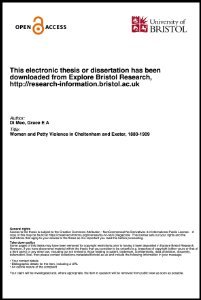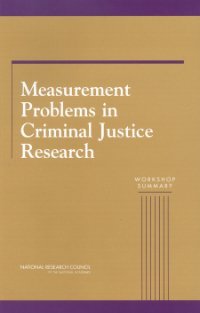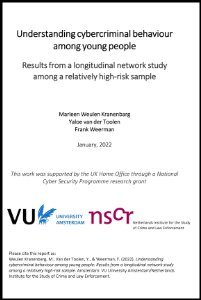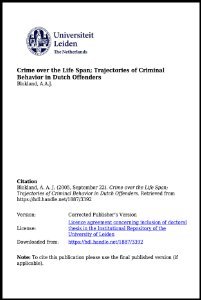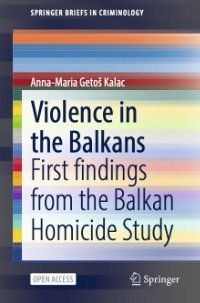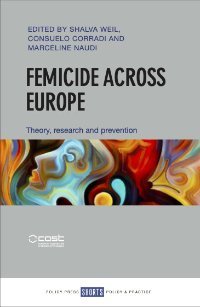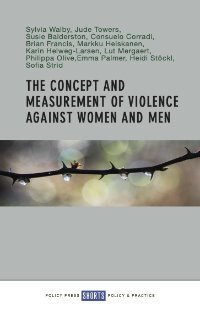By Grace E. A.Di Meo.
The historiography of female violence has largely centred on women’s experiences as victims or on their perpetration of lethal acts such as murder and infanticide. In the last decade, however, scholars have paid increasing attention to women’s perpetration of non-lethal violent crime. This thesis contributes to recent scholarship by examining female acts of assault in late Victorian and Edwardian England in an understudied region of the country: whilst most historians have focused on the North, South East or Midlands, this study draws attention to the South West of the country and situates women’s acts of minor violence within the context of wider national patterns. Focusing specifically on cases prosecuted at the Exeter and Cheltenham magistrates’ courts in the years 1880-1909, the thesis follows women through different stages of their offending trajectories: the perpetration of their acts; their treatment by magistrates; their portrayal in the media; and, finally, their experiences after facing prosecution.
Using evidence from court records, newspapers and census returns, the study employs both quantitative and qualitative analyses in order to examine patterns in the perpetration and outcome of female non-lethal violence. These examinations reveal that women’s ‘expected’ and ‘actual’ roles – especially those relating to motherhood, wifehood and the neighbourhood – impacted not only the ways in which their assaults were committed but also on their treatment by the justice system and the media. It is also demonstrated that women’s positions could contribute to their propensity to reoffend, an action which sometimes resulted in women’s marginalisation in post-offending life. By following the women’s experiences from the onset to aftermath of their violence, this thesis offers an original and comprehensive contribution to the historiography of female violence in late Victorian and Edwardian England.
Bristol, UK: University of Bristol 2020. 264p.


